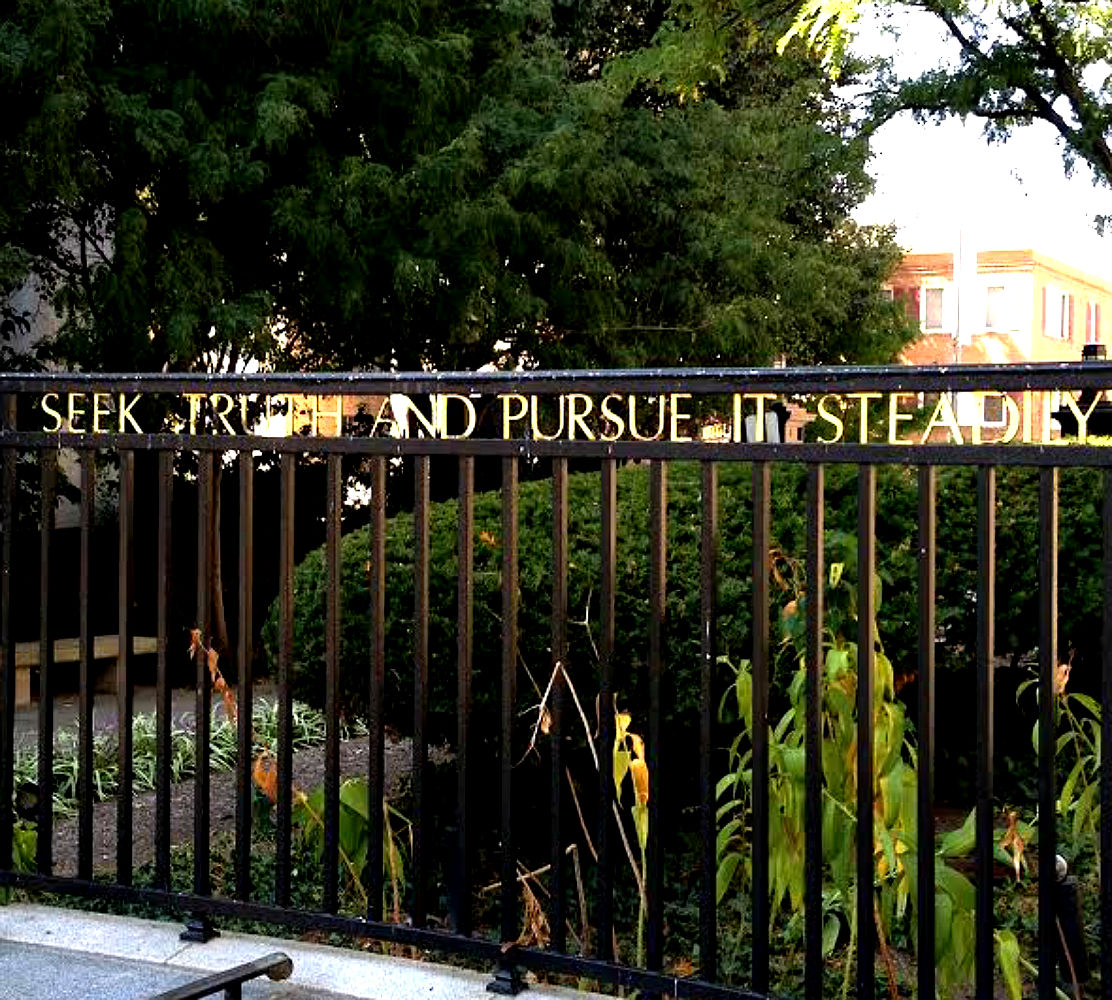Smitty greets Sully as they meet to head to work, “Hey there, Sully! How’s your wife?” Sully answers, “Oh, geez. She’s up in bed with laryngitis.” Then Smitty says, “Laryngitis?! That damned Greek!”
As you may have guessed, I am nursing a case of laryngitis, my voice muted and strained. This time, it has not stopped me from attending to my work responsibilities or other activities. It has required some adjustments though, as I squeak and growl and cough and sputter, my voice robbed of inflection and tone, and even volume control. It is an irony to have to strain my voice to repeat myself because of my strained voice.
I have had more severe laryngitis twice, one time a couple of months ago, another time several years ago. These were so bad, my voice so completely silenced, that I had to change both my operative and office schedules, not just to recover, but because it made my job impossible. We wear masks in the operating room which obscure our expressions and hide our mouths, muffling our voices just a bit; it can be difficult to hear and be heard even with functioning vocal cords. It is impossible if you can’t even manage a whisper.
Continue reading








